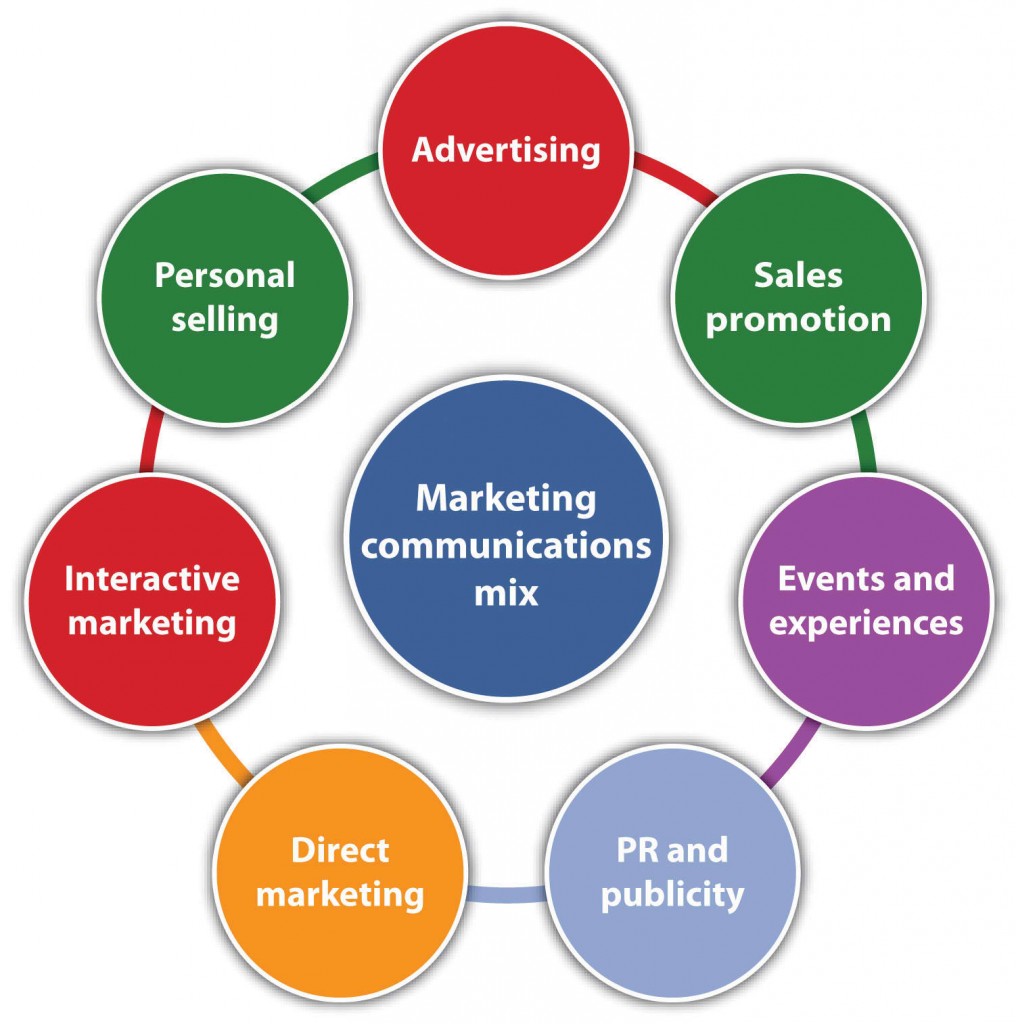In a meeting with a prospective client recently, I was reminded of how many industrial companies never take the time to be purposeful with their marketing. What I mean is that they practice what I call “knee jerk marketing.” They are always responding to the offer or need of the moment, and don’t plan ahead in order to be strategic with their marketing activities. Not being proactive by planning your marketing initiatives for at least a year could be costing you money and lost opportunities for new business and growth.
It’s easy to become overwhelmed when you’re staring at a blank page and challenging yourself to think about your goals and what marketing tactics are most likely to help you achieve them. I’ve been in marketing for 30+ years, both on the corporate and agency side, and I’ve seen hundreds of marketing plans. Some are short and to the point, others are as thick as a textbook. The irony is that the “textbook” marketing plans (that a large marketing firm probably charged an outrageous sum for) usually end up collecting dust on a shelf. The good news is that a simple plan, when researched and implemented correctly, will usually have the greatest impact.
I’ve led many clients through this process, and they are usually pleasantly surprised to realize at the end that it was much less painful than they anticipated. Here are the 9 steps to a solid, strategic marketing communications plan.
Don’t just “guess” or think you already KNOW the information you need for this step. This is called research for a reason: you are meant to go outside of your own little bubble to collect actual facts and data about the markets which you are currently targeting with your products or services. Search for information online; talk to customers; talk to vendors; and talk to your to your most experienced sales people. Some of the information you’ll want to gather:
- Market dynamics: are there patterns (like seasonal turnarounds) that effect your sales?
- Customers – what are the demographics of all your target markets? What does a perfect customer look like in each? What are their greatest needs, and what most effects their buying decisions?
- Products and services – How do yours stack up to your competitors? This is where conversations with customers or better yet, surveys, can be very helpful.
- Your own company – it may seem like Marketing 101, but you need to do a SWOT analysis (Strengths – Weaknesses – Opportunities – Threats). Only by going through this process can you honestly assess how well your company is positioned to meet your goals.
2. Target Markets
For the purpose of this marketing plan, describe the target markets you will focus on with your marketing efforts. You may be selling to many industries, but pinpoint the ones where you will invest your marketing budget, and describe why.
3. Products and Services
Describe your products and services.
- How do they stack up in relation to your target markets’ needs?
- Are there needs that your prospective customers have that you could meet by making some simple upgrades, changes, or additions to your offering?
- How do they compare to competitive products and services?
4. Value Proposition
Develop your unique value, or selling proposition.
- What makes you different from your competition? There are really only 3 true differentiators: operational efficiency (the lowest price,) market leadership (the best product or service, the most advanced technology) and customer intimacy (the best overall solutions and customer service.)
- Using one of those 3 differentiators, write a customer-centric value proposition.
5. Brand Strategy
- What are the most powerful current or future benefits you have to offer your customers?
- What is it you want your customers to think of when they think of your company (image)?
- What communications will you need (or need to improve upon) in order to create and maintain a solid brand identity / image?
- What are the brand “stories” that help to reinforce your value proposition and that can be repeated throughout company communications?
- How will your employees / agents interact with customers and prospects to convey the brand personality and make sure it “lives” within your organization?
6. Marketing Communications Tactics
Now comes the fun part! This is where you will take the results of all the work you’ve done and determine how best to deliver your value proposition and other brand messaging to the target markets you’ve identified for the year. At this point, list all tactics that will reach your prospective customers with an approximate cost for each. Once you determine an annual budget, you may have to scale back. Tactics you may include:
- A new, search engine optimized website which will be the hub for an online, inbound marketing push
- Inbound Marketing: ongoing on and off-site search engine optimization (SEO); social media marketing; content marketing
- Online and print advertising
- Sponsorship of trade related websites; e-newsletters; special events
- Trade shows (do you need a new display?)
- New marketing literature
- Premium content development: videos, webinars, podcasts
- Technical articles for trade publications, print and online
- Direct marketing: mail or email
- Press releases for online distribution and trade publications
- Trade association membership
- Lunch & Learn sessions; “How to” seminars; other hospitality events
7. Budget
Now the “not so fun” part: what’s realistic, and what isn’t?
- If you’ve been given an annual budget to work with, be honest about what tactics are most likely to drive results.
- What tactics can you afford?
- What can you do in-house, and what do you need to outsource?
- Now’s the time to gather firm quotes and develop a Marketing Budget Calendar by month.
8. Marketing Goals
Establish attainable and quantifiable marketing goals. This means realistic goals that you can turn into numbers. Examples of goals:
- Gain at least 15 new customers in your target markets.
- Increase revenue by 20%.
- Receive 30 RFQ’s via the Internet.
- Increase news sign-ups on your website by 20%.
- Increase customer satisfaction (this requires a before and after survey.)
- Increase brand awareness and credibility (another goal that requires before and after surveys.)
9. How Will You Monitor Results?
Identify the tactics that are working (helping you achieve your goals.) How you measure will depend on the specific tactic. Most online marketing tactics are 100% measurable through the beauty of technology, which make them very attractive to marketers who are held accountable for results. Other ways to monitor results:
- Survey customers.
- Use campaign specific QR codes and landing pages; or dedicated toll-free phone numbers to track web or phone call activity coming from a specific ad, mailer, or trade show.
- Use an inexpensive phone call tracking system that links every call originating from your website to a specific search, social network, and keyword.
- Make asking “how did you hear about us?” a question that every person answering the phone at your company is trained to ask – and document in some way. (Tie this action to employee reviews, and effectiveness will jump.)
Regardless of the scope of your marketing communications plan, keep in mind that it should be a dynamic document. Every business needs to begin with a well thought out plan, based in research, competitive positioning and attainable outcomes. Your plan should be the basis for your activities over a defined period of time; but you should always be willing to enhance or redirect your plan based on what does or doesn’t prove successful.






Comments